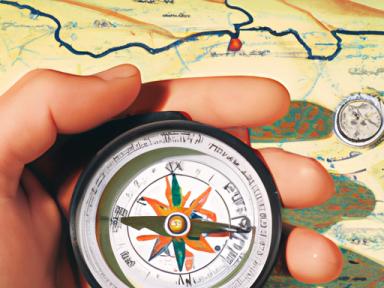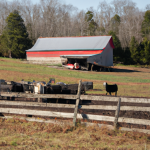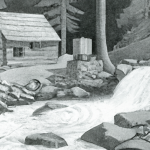Map Reading and Navigation: Basic Skills for Wilderness Survival
When it comes to surviving in the wilderness, one of the most crucial skills you need to master is map reading and navigation. In the absence of technology and GPS, knowing how to interpret maps and navigate through unfamiliar terrain can mean the difference between life and death.
Why Map Reading and Navigation Matter
Imagine finding yourself in the midst of a dense forest, no visible trail or civilization in sight. You’re disoriented and have no idea which direction to go. Panic starts to set in, and you realize that your chances of survival are diminishing with each passing moment. This scenario might sound extreme, but it’s not entirely uncommon.
Accidents happen, and nature is unpredictable. That’s why it’s important to be prepared and have the essential skills needed to navigate through unfamiliar territory.
The Basics: Understanding Topographic Maps
The first step in mastering map reading is to understand topographic maps. These maps provide detailed information about the terrain, including elevation, rivers, lakes, and other natural features. Here are some key components of a topographic map:
- Contours: Contour lines on a map represent the elevation. Each contour line represents a constant level above sea level.
- Scale: The scale on a map helps determine the distance between features.
- Legend: The legend provides symbols and explanations for various elements found on the map.
By familiarizing yourself with these components, you’ll be able to read and interpret topographic maps effectively.
Using a Compass
Alongside map reading, knowing how to use a compass is essential for accurate navigation. A compass helps determine your direction and allows you to orient the map correctly. Here’s how to use a compass:
- Hold the compass flat in your hand and ensure the direction of travel arrow is pointing directly away from you.
- Rotate your entire body until the magnetic needle aligns with the orienting arrow.
- Read the bearing or direction indicated by the degree markings on the compass.
By combining compass readings with features on your topographic map, you’ll be able to pinpoint your location and navigate to your desired destination.
Practice Makes Perfect
Map reading and navigation skills are not something you can learn overnight. It takes practice and experience to become proficient. Start by honing your skills in familiar areas and gradually progress to more challenging terrain.
Investing in a compass and topographic maps of your local area is a great way to start. Use these resources to plan hikes or walks, and practice your map reading and navigation skills while in the field.
Conclusion
In the wilderness, having the ability to read maps and navigate through unfamiliar terrain is a critical survival skill. By mastering the basics of map reading, understanding topographic maps, and using a compass, you’ll increase your chances of successfully finding your way and ensuring your safety in any survival situation.
Remember, preparation is key. Don’t wait until disaster strikes to learn these essential skills. Get started today and empower yourself with the knowledge to survive and thrive in the great outdoors.




GIPHY App Key not set. Please check settings